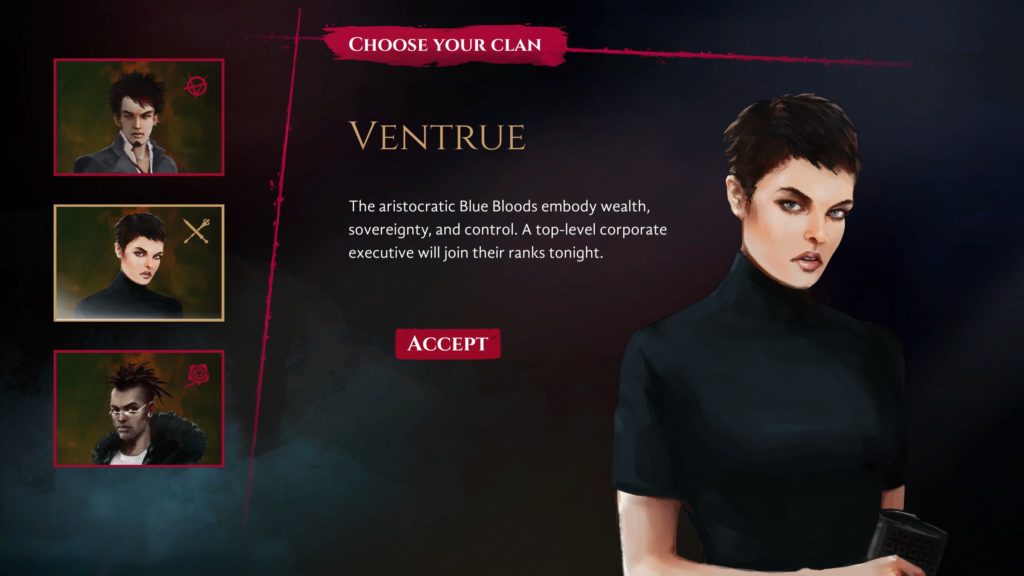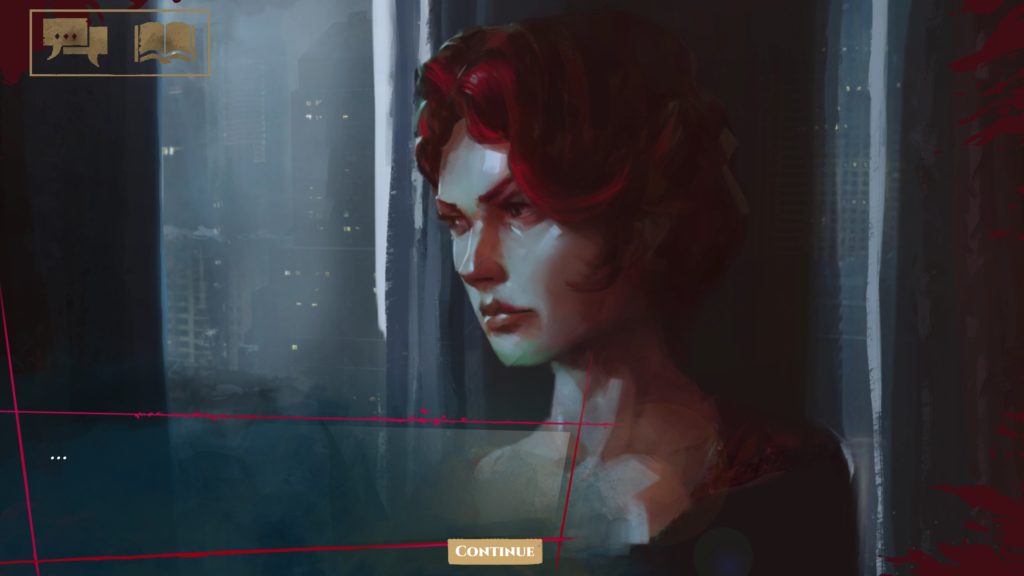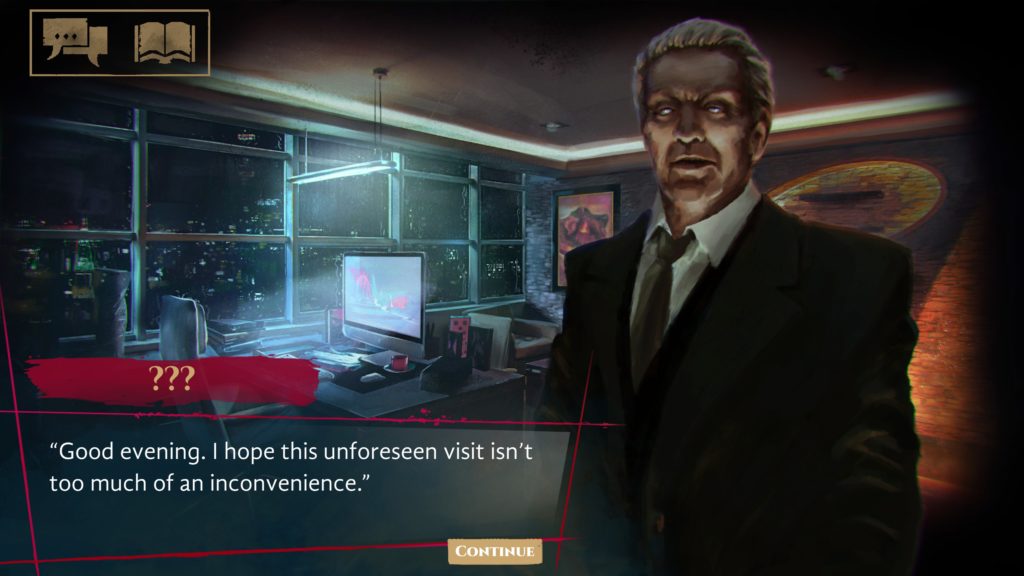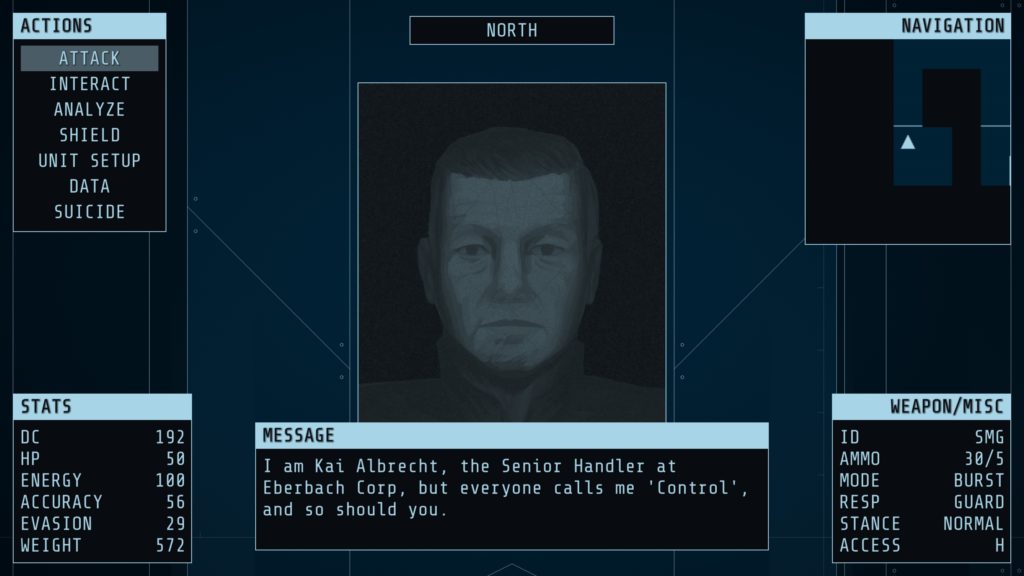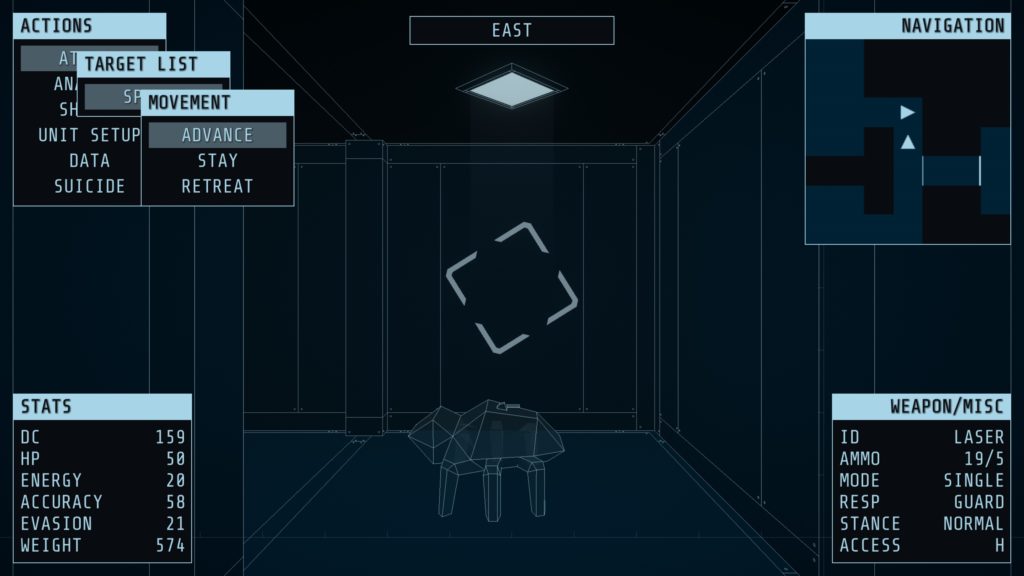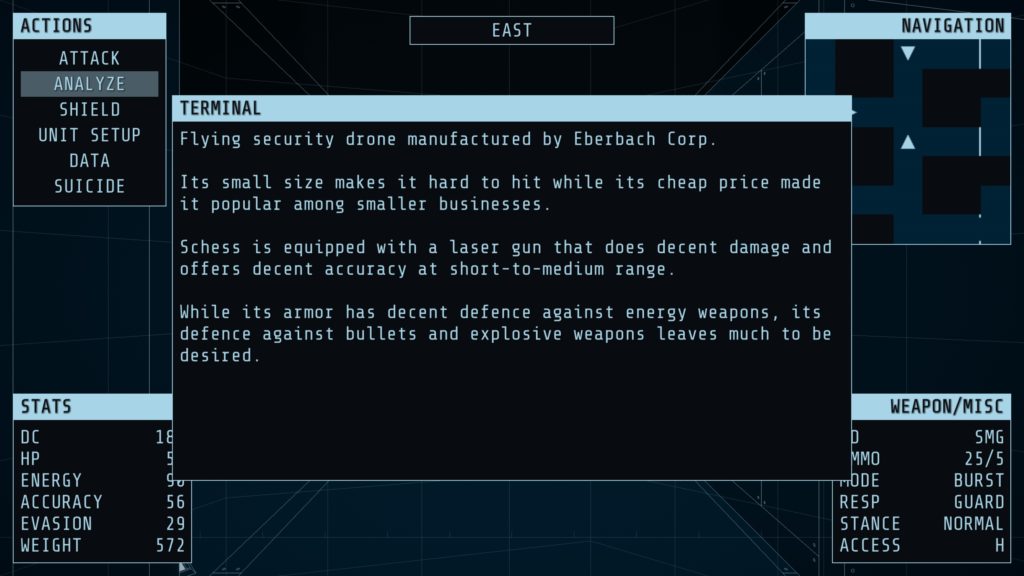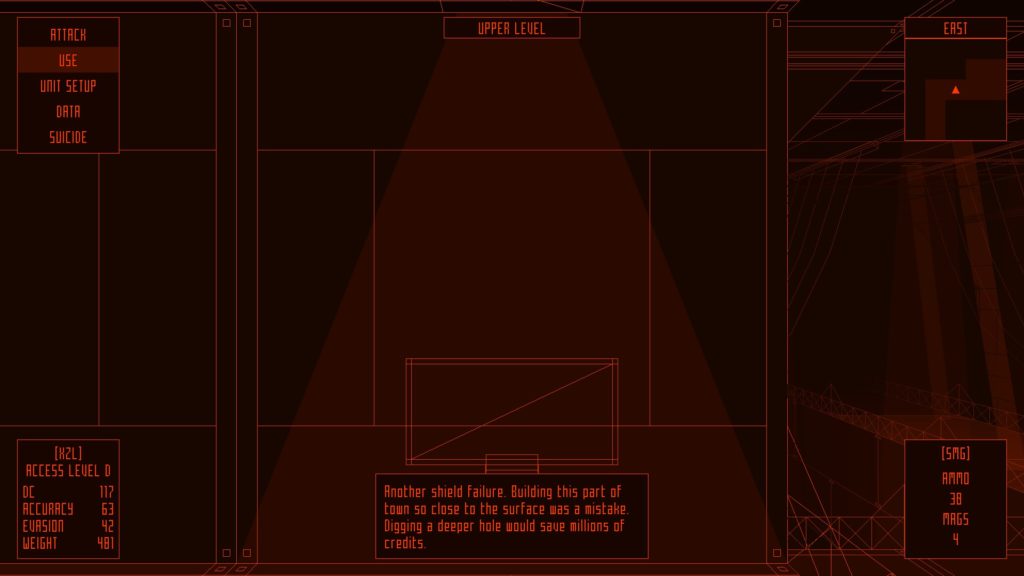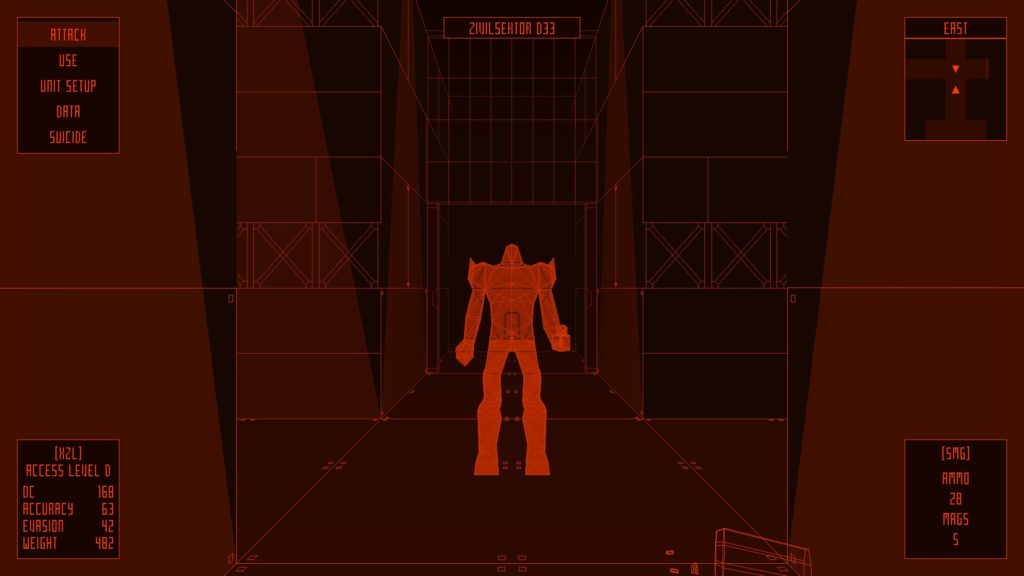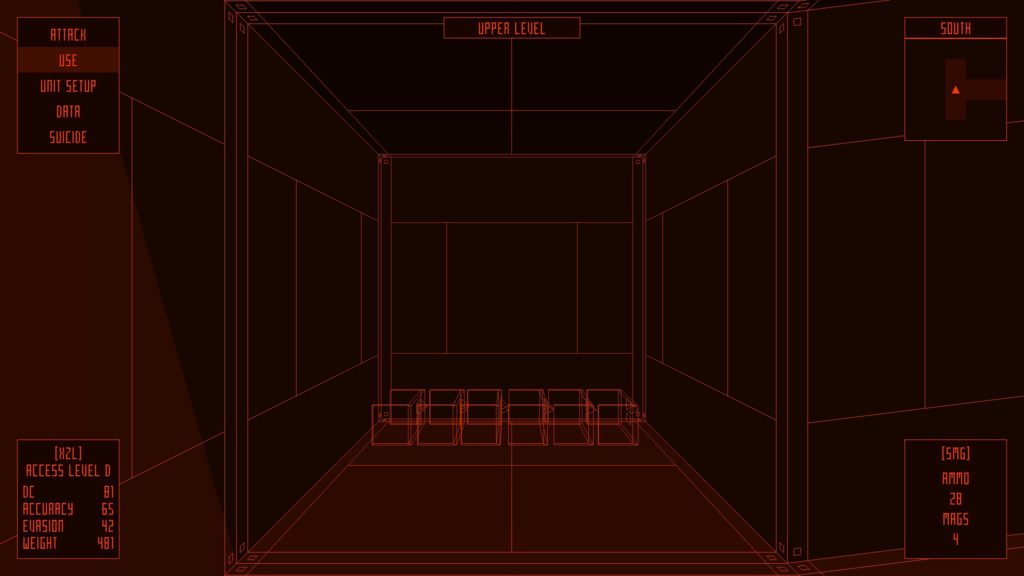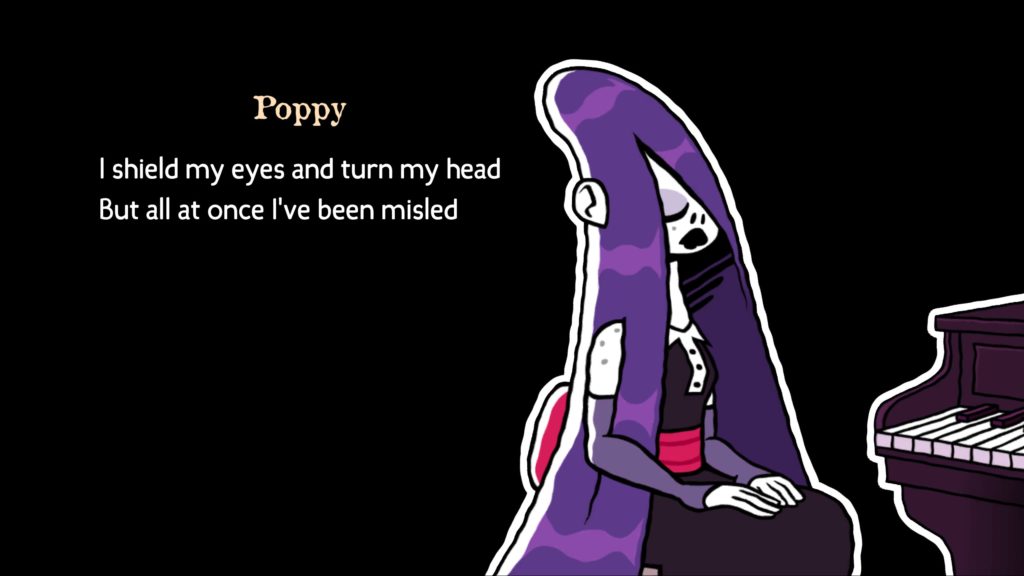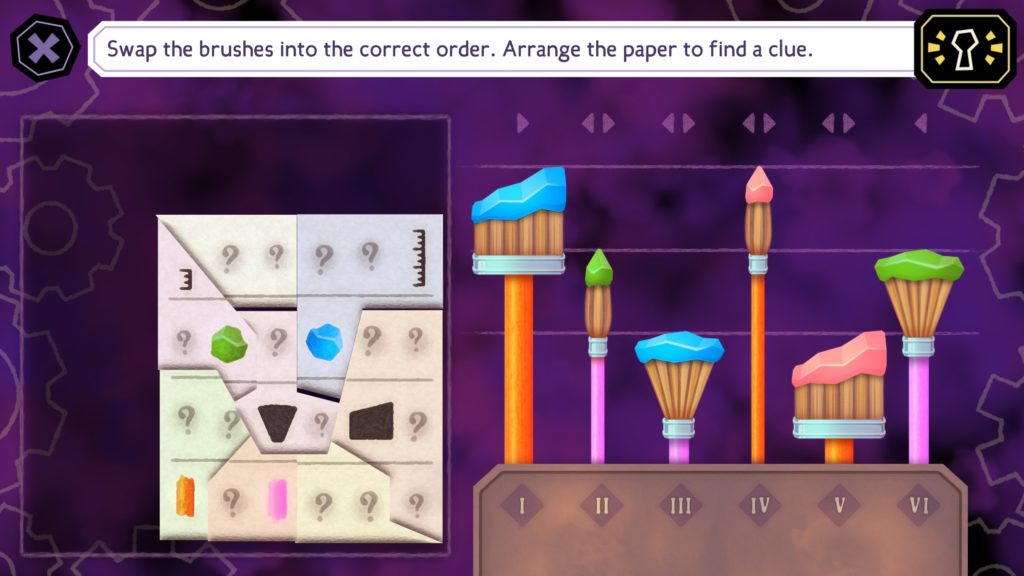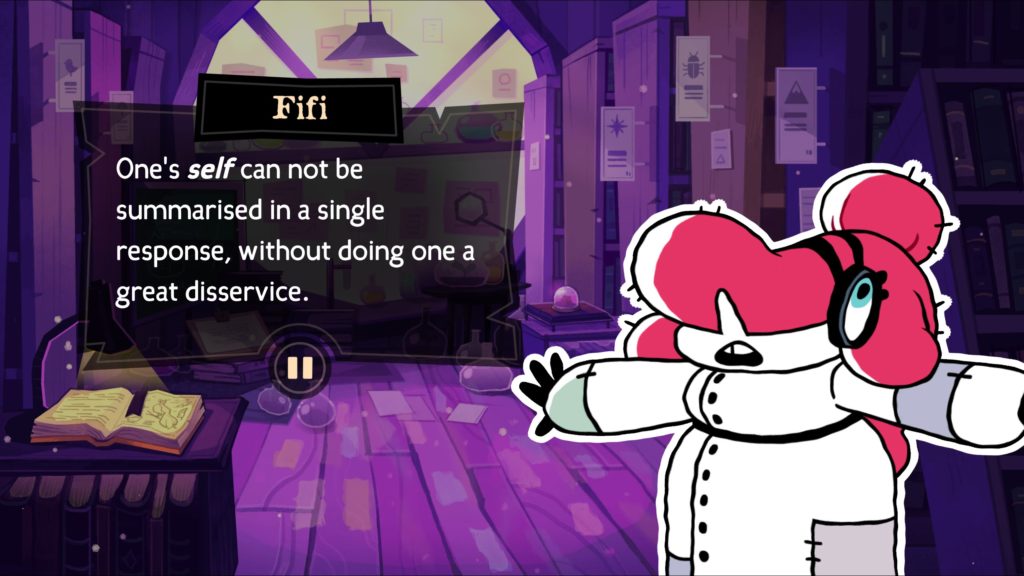Coffee Talk (Review)

Source: Cashmoneys
Price: £10.29 (Artbook £3.99, Soundtrack £7.19)
Where To Get It: Steam, Itch.IO
It is 2020. Elves, dwarves, orcs, fairies, demons… They all live in this alternate world… And they all have everyday lives. And they’ve got the same happinesses (mostly), the same drama (mostly), and the same problems (sorta mostly) as we do. And Coffee Talk, through the medium of a late night coffee shop, explores those lives in its fictional setting.

I’m loving some of the little things. The joking between a vampire and a werewolf about werewolves using BDSM as a method for calming themselves during a fury (myth, in the setting. Some werewolves can calm themselves with sex, but for obvious risk reasons, they stick to vanilla.) The little things that remain the same, like people who’ve been there before giving advice to those going through troubles (Yeah, really is best not to leave issues unresolved, because yeah, they fester. Ain’t good for anyone. Wise advice, cop in a computer game.)
And, here’s the thing: Even though there’s wider story, a wider world out there, it’s these little stories, these slices of people’s lives, that are important. And I can only talk about so many, not only for space reasons, but spoiler reasons too. But I do want to mention that there’s one point that directly engages with the concept of fantasy allegories of racism, with a writer in this world pointing out that yes, there are different species to be racist about, but that wouldn’t mean that racism as a concept wouldn’t exist if there are only humans. And, of course, we know it to be true.

Now, mechanically, it’s very simple: Brew the drinks the customers want, or brew specific ones. There’s a pretty robust save function, and while, unfortunately, there isn’t a multiple save system, you can go back to previous days, and there are three profiles to play with… And the writing’s good enough that I’m reasonably sure you’ll have an okay time playing through. But also, as a free hint, be aware that the order of the ingredients is as important as the type of the ingredients. I learned that the hard way, and several saves and loads, my first time playing. I wanted to make sure I got a specific drink right, you see. And that, basically, is the mechanics: Make the kind of drinks you’d make in a coffee shop, what the customers want, and the story will progress. Make the wrong kinds of drinks, and you may just find other things, maybe good, maybe bad, will happen.
But of course, a visual novel, for that’s basically what it is, stands on its writing (It’s good, if you hadn’t got that from my two paragraphs of gushing), and its aesthetics. And its aesthetics, the pixel art of the various characters, their designs, the simple and clear UX (the menu is a little small, but not tiny. Just a little small), and the chill beats really sell the atmosphere of a warm, welcoming place where people can talk to the mysterious barista, each other, and be… Be themselves.

I like Coffee Talk. And I’d recommend it. There’s not really anything more to say.
Except that no, I will never screenshot my attempts at latte art.


